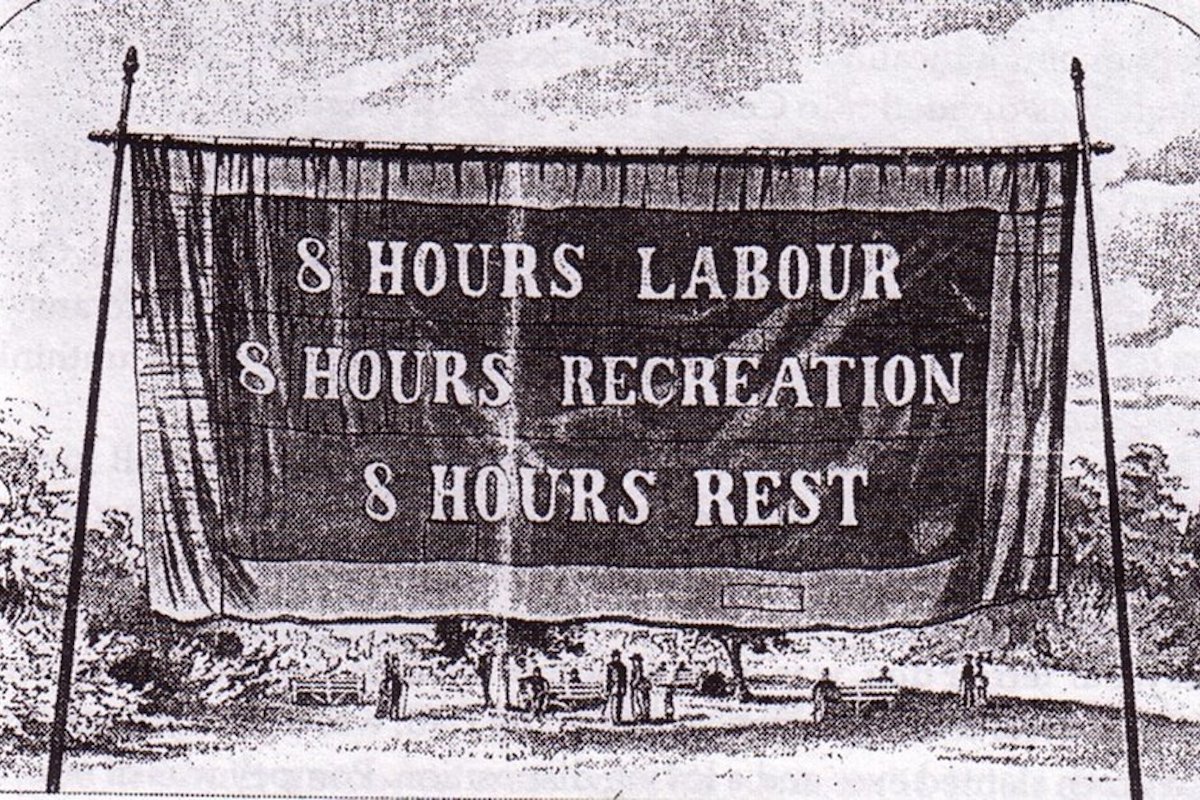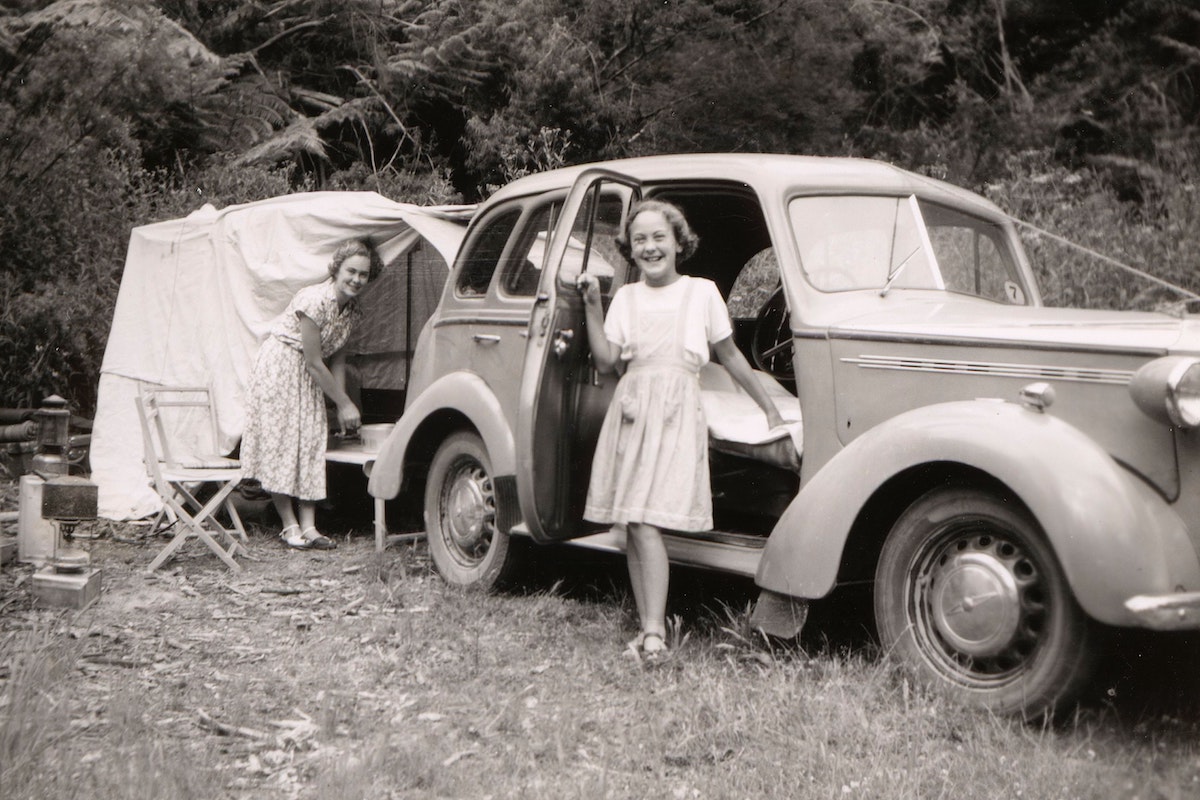Striving for a better work-life balance: Australia’s history
Australians are fortunate enough to enjoy a variety of long weekends throughout the year, including Labour Day. This day is an important reminder of the rights that Australian workers have earned, and it’s celebrated with enthusiasm around the country.
But how did we get here? Let’s take a look at the history of Labour Day in Australia and how it has evolved over time.
The 8-hour work movement in New Zealand
The origins of Labour Day can be traced back to New Zealand in 1840 when Samuel Parnell successfully campaigned for an 8-hour workday. The movement quickly spread to other countries, including Australia, where total working hours were reduced to 8 hours a day, 48 hours per week over six days. Only Sunday was the day of rest.
Why is Labour Day on different days around Australia?
Due to the different states and territories that make up Australia bringing the new laws into effect at different times, each state celebrates Labour Day on different dates. The change to labour laws is commemorated every first Monday of October in New South Wales, ACT, and South Australia. Northern Territory and Queensland celebrate theirs every first Monday of May, while it occurs on the second Monday of March in Tasmania and Victoria.
When did Australia get the 2-day weekend?
In 1956, after years of campaigning by trade unions, Australia finally got its first 2-day weekend when both Saturday and Sunday became official public holidays. This was a major victory for workers’ rights as it allowed people more time to spend with family and friends and pursue recreational activities or hobbies without fear of being reprimanded or fired for taking too much time off work.

What does today’s work-life balance look like?
In today’s world, there is an increasing emphasis placed on finding a balance between our professional lives and our personal lives. Many employers now offer flexible working options such as remote working or part-time contracts, which allow people to manage their own schedules more easily while still achieving success in their field.
Additionally, many companies are offering paternity/maternity leave (or even longer unpaid leave) so that employees can take some time away from work without worrying about financial repercussions or losing out on job opportunities down the line.
What is work-life flexibility?
Work-life flexibility refers to an employee’s ability to adjust their normal day-to-day tasks according to their individual needs or preferences without any negative consequences from their employer (such as loss of pay). It could include anything from flexitime (choosing your own start/finish times) to job sharing (working part-time but having multiple roles) or compressed hours (working full-time but completing those hours over fewer days). Employers who embrace flexibility gain happier employees who are more productive overall due to improved morale – something that should be taken into account when considering what type of working schedule best suits your company culture!
Remote working post the pandemic
With social distancing measures put in place around much of the world due to covid-19 pandemic restrictions, many employers embraced remote working – allowing staff members to continue doing their jobs from home rather than having them commute into an office daily like they used to pre the pandemic era. Remote working has become increasingly popular over recent years anyway, but this has been accelerated significantly due to current circumstances – meaning that more people than ever before are now able to access employment opportunities regardless of where they live!

What do Australians do to celebrate long weekends?
We love to celebrate our long weekends with all sorts of activities depending on our personal preferences, budget and location within the country. Popular pastimes include attending festivals or concerts, going camping or fishing, visiting national parks, or simply relaxing at home with family and friends. There are also plenty of special events held around the nation during this time, such as parades or fireworks displays, which allow people to come together to celebrate their hard-earned rights and freedoms as citizens of Australia.
Our work-life balance, then and now
The history highlights just how far Australian workers have come. Today, flexible working options are becoming increasingly popular and accepted amongst employers and employees alike! It’s worth taking time to reflect upon our past successes but also look ahead towards future changes which will benefit all Australians – continuing our fight for better wages and conditions whilst also embracing new technologies and ideas which will help shape our future workforce!
Let’s celebrate appropriately by taking some time out ourselves and thank those who came before us and fought so hard for these rights – paving the way forward for generations yet to come.



